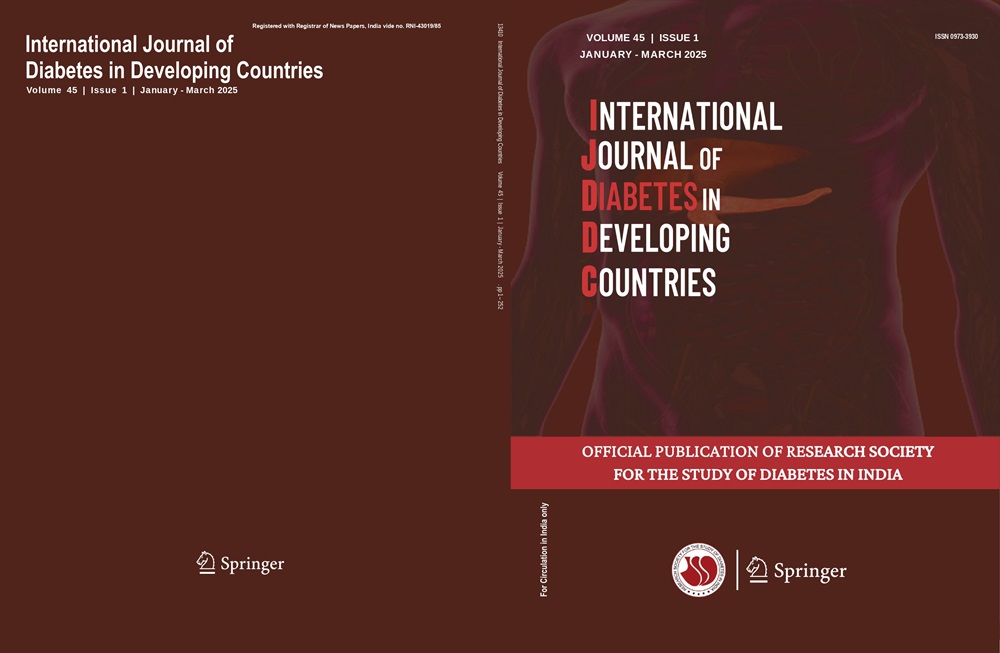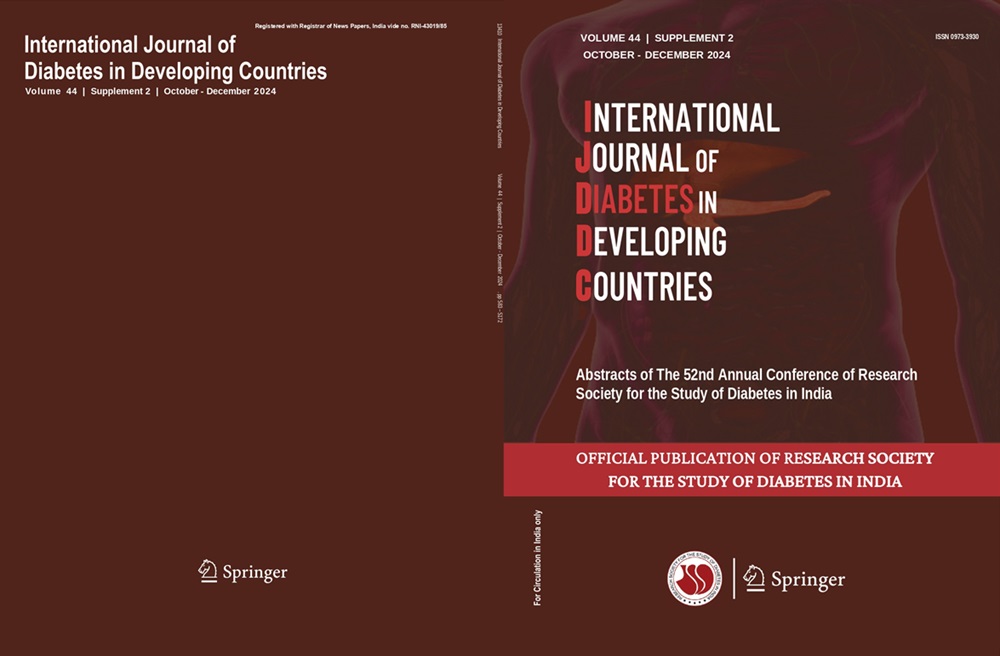Mahboobeh Sheikh, Pouya Ostadrahimi
Keywords
Troponin • HbA 1C • 30-day mortality • Cardiovascular disease
Abstract
Objective In the present study, we aimed to evaluate the association of glycosylated hemoglobin A1c (HbA 1 C) and cardiac troponin I levels (cTn1) with the 30-day mortality and severity of myocardial infarction in patients presenting with ACS.
Methods The present cross-sectional study was done over two years in the medical centers of Zabol University of Medical Sciences. All patients who were referred to the cardiovascular emergency department between 2017 and 2019 presenting with acute coronary syndrome were included. Serum cTn1 and HbA 1 C concentration were measured between 12 and 48 h after the onset of chest pain, and the mortality rate of these patients was studied by the census method. All statistical analysis
was done using SPSS software.
Results There was a significant difference in the cTn1 level between patients with SYNTAX scores higher than 22 and the rest of patients (96 ± 11.3 versus 71 ± 17.8). The patients who were diagnosed with acute MI showed significantly higher levels of HbA 1 C compared to unstable angina cases (6.9 ± 1.2 versus 5.2 ± 0.8). The results of pearson correlation showed a positive correlation between HbA 1 C levels and cTn1 levels (correlation coefficient: 0.80, p < 0.001) (Fig. 1). In addition, there was a positive correlation between HbA 1 C and SYNTAX score (correlation coefficient: 0.45, p < 0.001). The HbA 1 C level was significantly higher among the deceasesd patients compared to the survived cases (7.8 ± 0.7 versus 6.0 ± 1.3).
Conclusion In conclusion, our study underscores the prognostic importance of HbA1C and cTnI, especially in the STEMI subset within the larger ACS cohort. The association of these markers with a heightened 30-day mortality rate in STEMI patients stands out. Yet, it is paramount to emphasize that these observations are predominantly tailored to the STEMI subset and may not universally apply to all ACS patients. The null mortality in our NSTEMI cohort punctuates the need for more refined research to discern the implications of HbA1C and cTnI across diverse ACS subgroup




